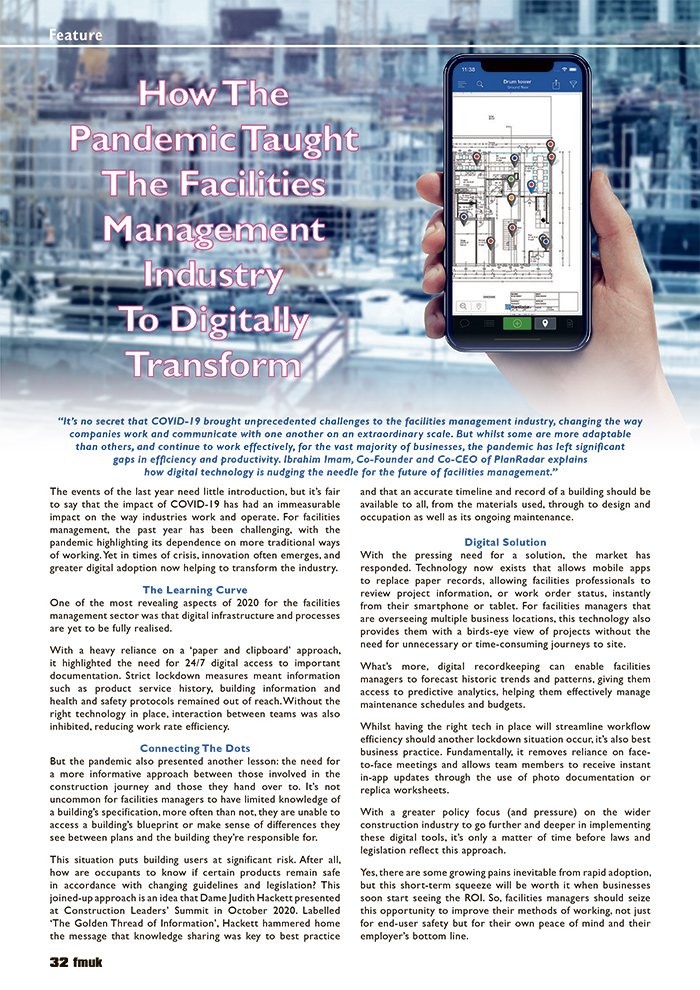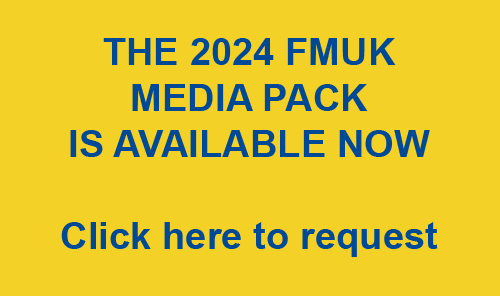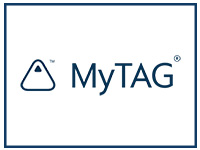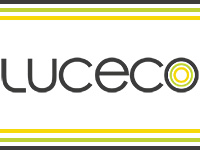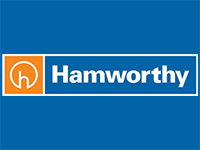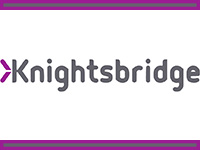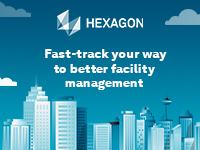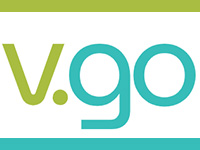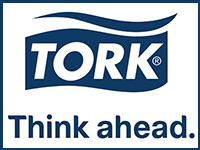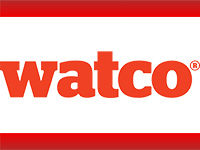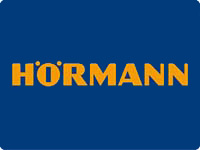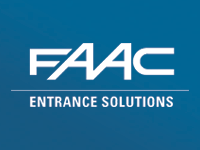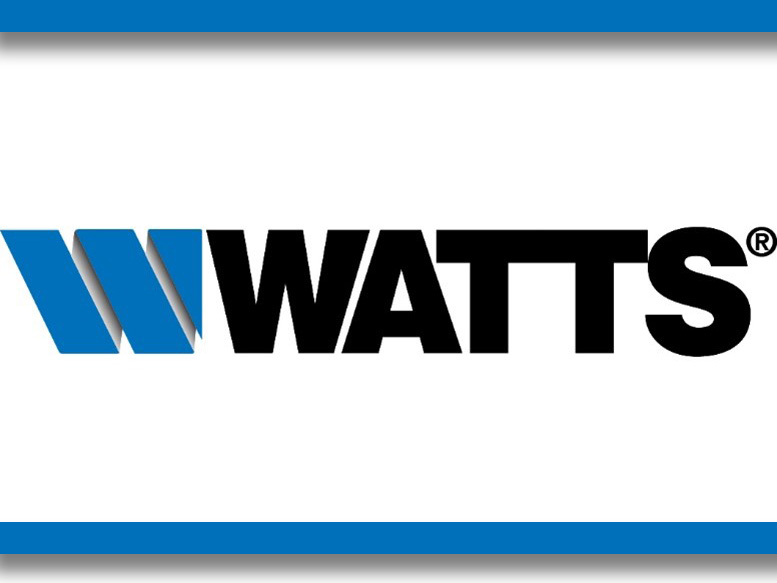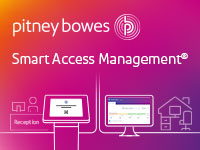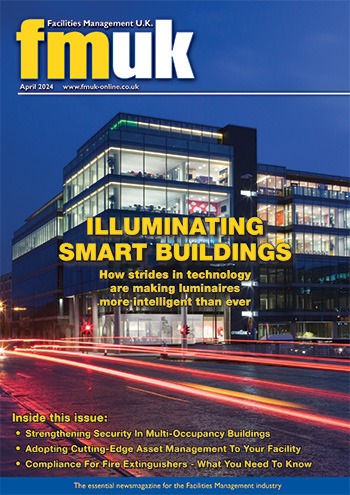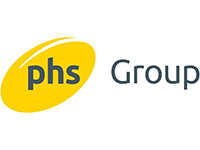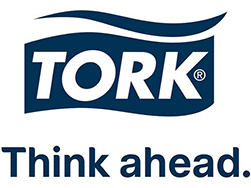How The Pandemic Taught The Facilities Management Industry To Digitally Transform
 It’s no secret that COVID-19 brought unprecedented challenges to the facilities management industry, changing the way companies work and communicate with one another on an extraordinary scale. But whilst some are more adaptable than others, and continue to work effectively, for the vast majority of businesses, the pandemic has left significant gaps in efficiency and productivity. Ibrahim Imam, Co-Founder and Co-CEO of PlanRadar explains how digital technology is nudging the needle for the future of facilities management.
It’s no secret that COVID-19 brought unprecedented challenges to the facilities management industry, changing the way companies work and communicate with one another on an extraordinary scale. But whilst some are more adaptable than others, and continue to work effectively, for the vast majority of businesses, the pandemic has left significant gaps in efficiency and productivity. Ibrahim Imam, Co-Founder and Co-CEO of PlanRadar explains how digital technology is nudging the needle for the future of facilities management.
The events of the last year need little introduction, but it’s fair to say that the impact of COVID-19 has had an immeasurable impact on the way industries work and operate. For facilities management, the past year has been challenging, with the pandemic highlighting its dependence on more traditional ways of working. Yet in times of crisis, innovation often emerges, and greater digital adoption now helping to transform the industry.
The Learning Curve
One of the most revealing aspects of 2020 for the facilities management sector was that digital infrastructure and processes are yet to be fully realised.
With a heavy reliance on a ‘paper and clipboard’ approach, it highlighted the need for 24/7 digital access to important documentation. Strict lockdown measures meant information such as product service history, building information and health and safety protocols remained out of reach. Without the right technology in place, interaction between teams was also inhibited, reducing work rate efficiency.
Connecting The Dots
But 2020 also presented another lesson: the need for a more informative approach between those involved in the construction journey and those they hand over to. It’s not uncommon for facilities managers to have limited knowledge of a building’s specification, more often than not, they are unable to access a building’s blueprint or make sense of differences they see between plans and the building they’re responsible for.
This situation puts building user at significant risk. After all, how are occupants to know if certain products remain safe in accordance with changing guidelines and legislation? This joined-up approach is an idea that Dame Judith Hackett presented at Construction Leaders’ Summit in October 2020. Labelled ‘The Golden Thread of Information’, Hackett hammered home the message that knowledge sharing was key to best practice and that an accurate timeline and record of a building should be available to all, from the materials used, through to design and occupation as well as its ongoing maintenance.
Digital Solution
With the pressing need for a solution, the market has responded.
Technology now exists that allows mobile apps to replace paper records, allowing facilities professionals to review project information, or work order status, instantly from their smartphone or tablet. For facilities managers that are overseeing multiple business locations, this technology also provides them with a birds-eye view of projects without the need for unnecessary or time-consuming journeys to site.
What’s more, digital recordkeeping can enable facilities managers to forecast historic trends and patterns, giving them access to predictive analytics, helping them effectively manage maintenance schedules and budgets.
Whilst having the right tech in place will streamline workflow efficiency should another lockdown situation occur, it’s also best business practice. Fundamentally, it removes reliance on face-to-face meetings and allows team members to receive instant in-app updates through the use of photo documentation or replica worksheets.
With a greater policy focus (and pressure) on the wider construction industry to go further and deeper in implementing these digital tools, it’s only a matter of time before laws and legislation reflect this approach.
Yes, there are some growing pains inevitable from rapid adoption, but this short-term squeeze will be worth it when businesses soon start seeing the ROI. So, facilities managers should seize this opportunity to improve their methods of working, not just for end-user safety but for their own peace of mind and their employer’s bottom line.
